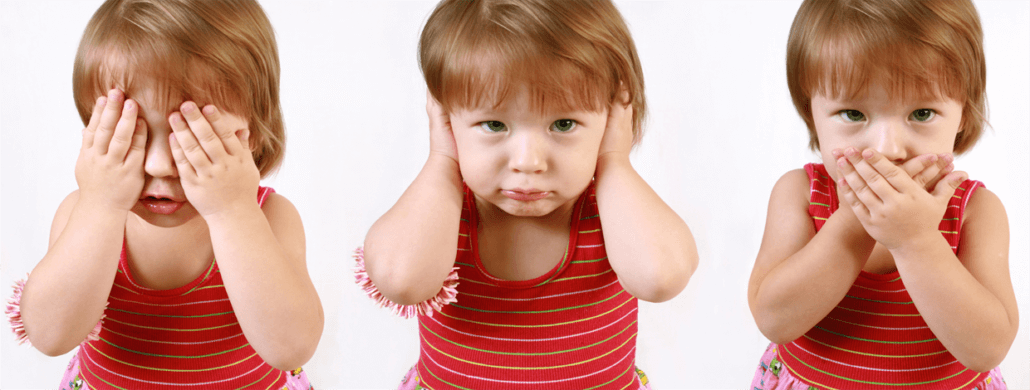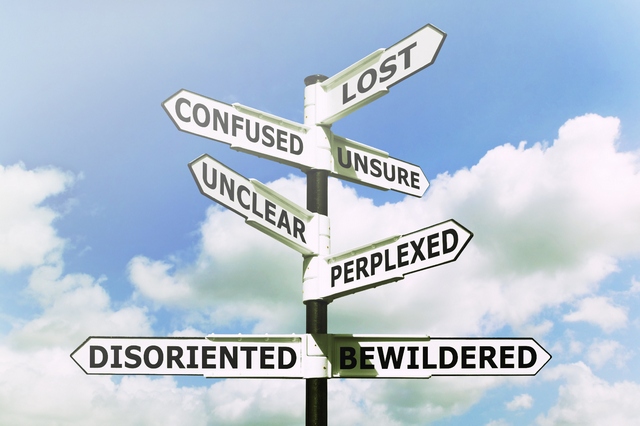WHAT WE PERCEIVE
AND LEARN FROM CULTURALLY
EDUC 6165
“In our diverse world, perceptual
challenges can present barriers to competent communication, including narrow
perspectives, stereotyping, and prejudice” (O’Hair, et al., 2015, pg. 43).
It is hard to ignore the fact that some
people (or a lot of people) communicate with me differently because maybe I’m
white, maybe I am female, speak English, and have brown hair/green eyes. I see
people all the time, every day interacting a lot. Agoraphobia is NOT in my
nature… But maybe it’s me? Maybe I am the one struggling to communicate with
others… HUMMM?
I live in Houston Texas. With a diverse
population, culture is undoubtfully here. I see myself struggling to
communicate when I don’t understand another person’s language. Just last week,
I went to the hospital to see my friend who just had a baby. I couldn’t find an
entrance to the hospital because of all the construction so I asked a worker
where to go. He looked at me as I repeated myself. All of a sudden he said, “No
Engles” which indicates he doesn’t speak English. Then it got awkward. I walked
away saying, “Gracias” still lost. Due to cultural differences and a lack of
knowing each other’s languages, communication was difficult BUT I did find my
friend and her baby.
From this experience, I do find myself
communicating differently but it’s because I am aware, I try to get my “S.O.S”
or message across somehow with as much knowledge and curtesy as I can give. I
want to learn of other cultures and I know I live in a diverse world so with
encounters like this I can only laugh at myself and accept differences.
Strategies to
Communicate Better:
Karl Krayer
- 1)
Be
mindful
- 2)
Respect
- 3)
Be
accurate with personal perception (O’Hair, et al., 2015)
Janet
Gonzalez-Mena
- 1)
Look
through other’s eyes
- 2)
Be
open minded
- 3)
Be
accepting (Gonzalez-Mena, 2010)
These strategies by Krayer and
Gonzalez-Mena help families and professionals communicate better when diversity
is a trend –not an obstacle. Cultures coincide. I have found these strategies
noteworthy and revolutionizing in order to improve my communication skills
whether in a classroom or figuring out where the entrance is to a building.
Works Cited
O’Hair, D., Wiemann, M., Mullin, D.I.,
& Teven, J. (2015). Real Communication
(3rd Ed.). New York, NY: Bedford/St. Martin’s
Gonzalez-Mena, J. (2010). 50 Strategies for Communicating and Working with Diverse Families. Upper
Saddle River, NJ: Pearson Education, Inc.









